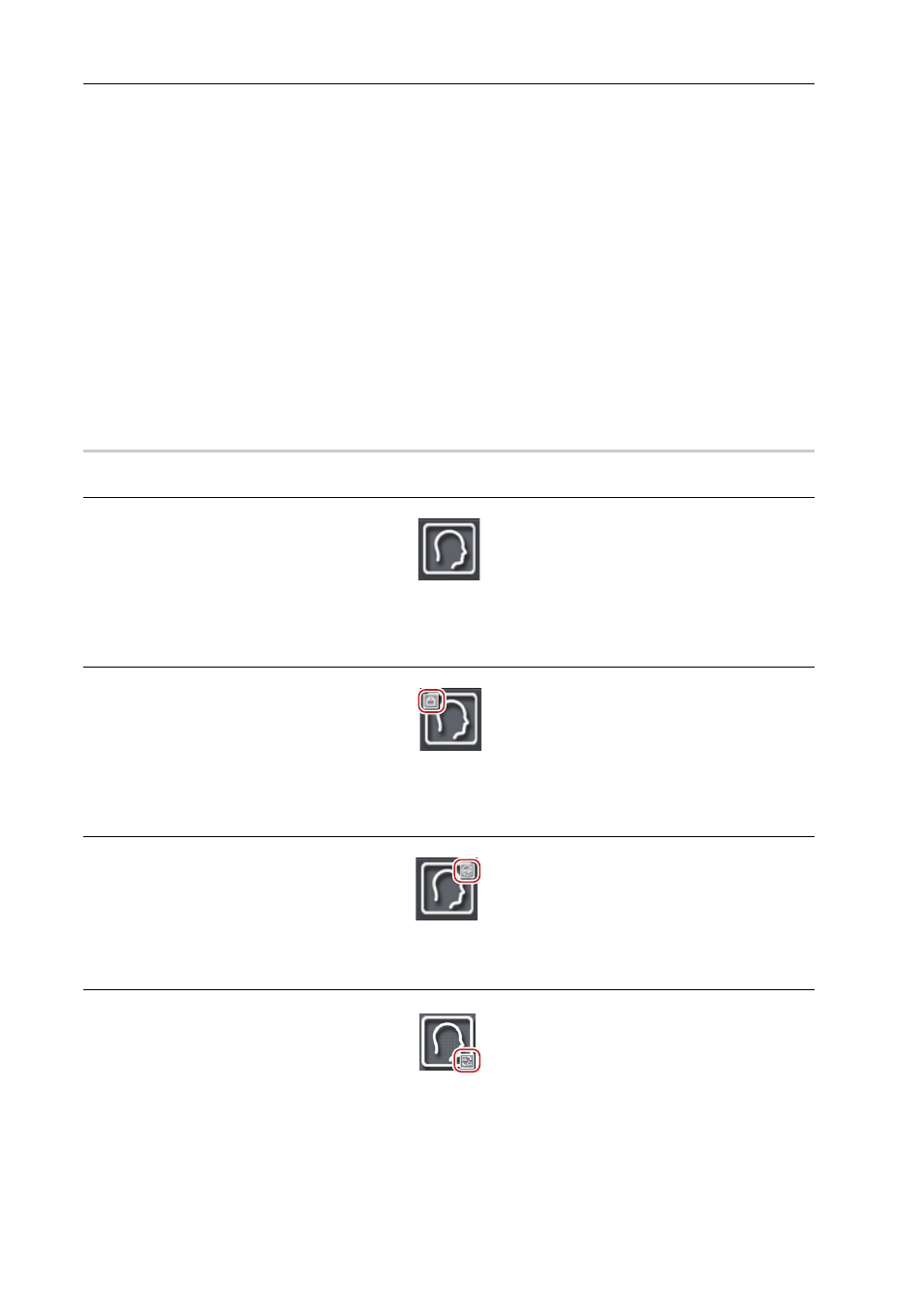Profile types, Restricted user profile, P104 – Grass Valley EDIUS Pro v.6.5 User Manual
Page 126

Edit Settings
104
EDIUS - Reference Manual
1 Double-click ConfigProfile.exe in the EDIUS 6.5 folder of the hard disk where EDIUS is installed.
• Normally, the “EDIUS 6.5” folder is located in “C drive”
→ “Program Files” → “Grass Valley”.
The profile management tool will start up.
2 Click [...] to specify the destination to save the shared profile to, and click [OK].
3 Click [Config], and click [OK].
The [Change Profile] dialog box appears.
New profiles can be registered, changed, deleted, duplicated, imported, and exported in the same way as system
settings.
Registering Profiles and Switching Editing Environments
4 Create the shared profile, and click [Close].
5 Click [Close].
To use the shared profile on each terminal, the references and other information of the shared profile must be set in the
system settings on each terminal.
Using Shared Profiles on Local Terminals
Profile Types
0
Local profile
This is the profile created on each local terminal. The settings of profiles that are changed while they are in use are
overwritten.
Read-only profile
This is a read-only profile. The settings of profiles that are changed while they are still in use are not overwritten.
Also, read-only profiles cannot be renamed, and their icons cannot be changed or deleted.
Restricted user profile
This is a restricted user profile. The system settings cannot be changed while the restricted user profile is in use.
Shared profile
This is the profile created using the profile management tool. The settings of profiles that are changed while they are in
use are overwritten as long the profile is not changed to read-only.
Also, shared profiles cannot be renamed, and their icons cannot be changed or deleted on local terminals.
